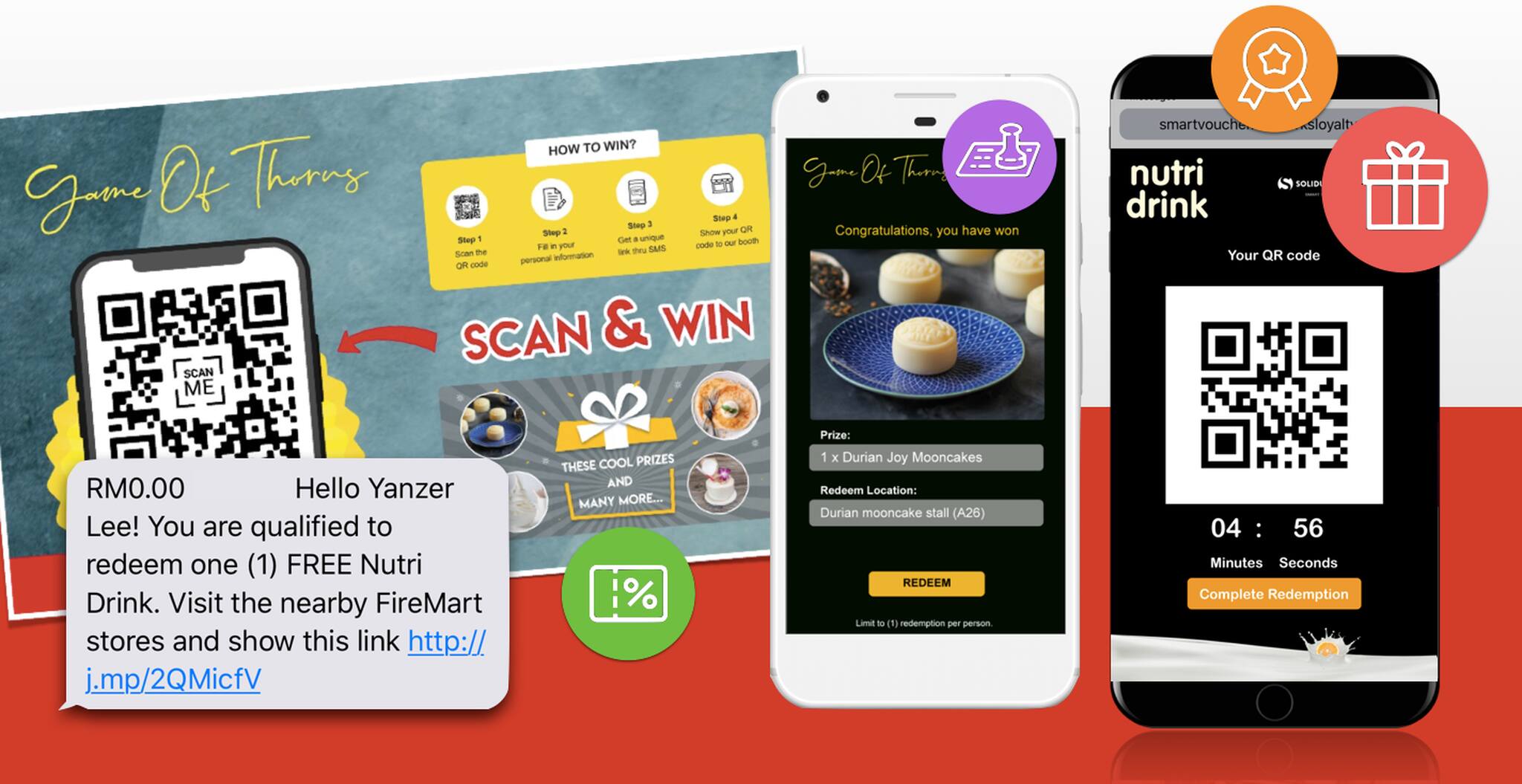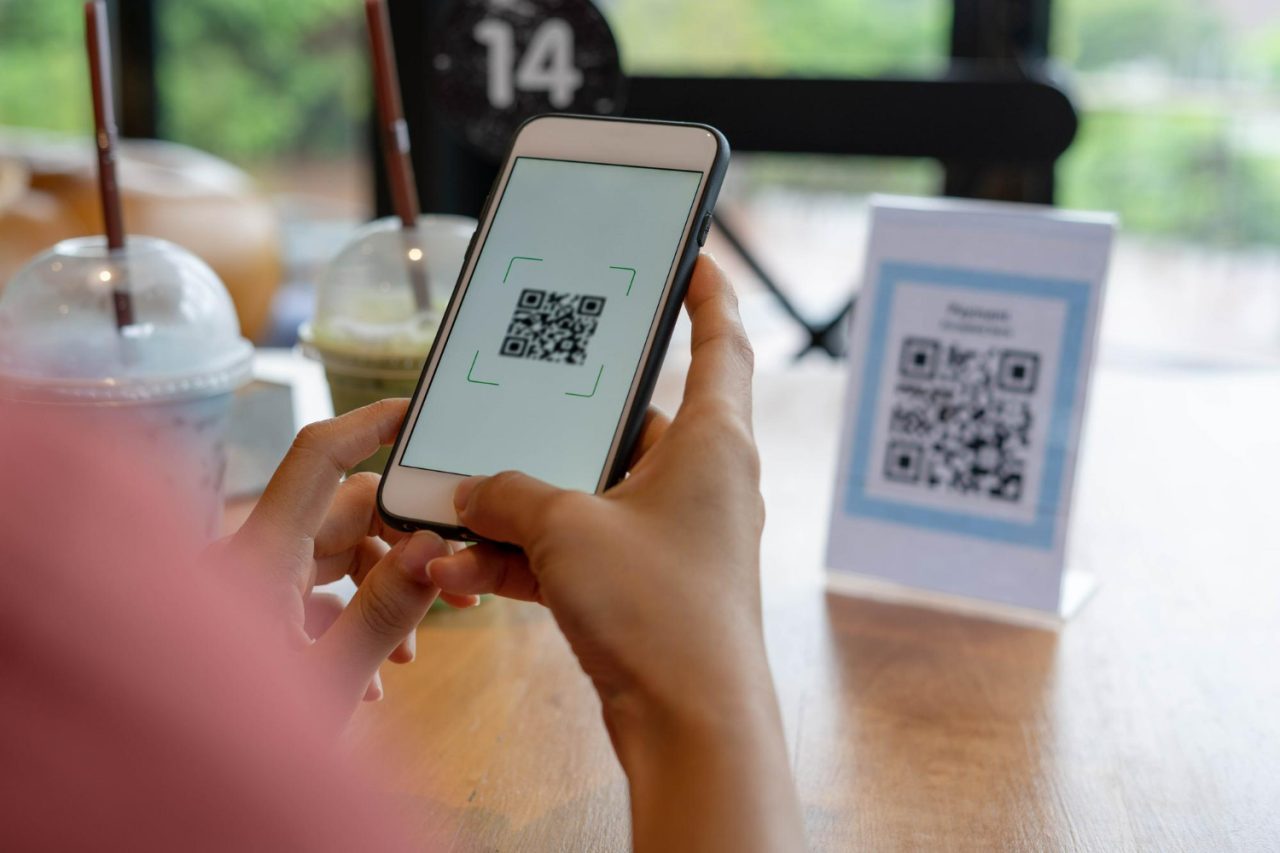Loyalty System: The Key to Structure Stronger Relationships with Your Customers
Loyalty System: The Key to Structure Stronger Relationships with Your Customers
Blog Article
Boost Customer Retention With a Powerful Commitment System
In today's affordable marketplace, improving client retention is not simply helpful yet vital for sustained growth. A properly designed loyalty system offers as a critical tool in this venture, cultivating significant connections between businesses and their consumers. By understanding the essential components of effective commitment programs, companies can customize their methods to fulfill diverse consumer needs.
Relevance of Consumer Retention
Customer retention is a keystone of lasting organization success. It reflects the capability of a company to keep its customers satisfied and engaged in time, causing repeat purchases and lasting earnings. Retaining existing clients is usually much more cost-efficient than acquiring brand-new ones, as it reduces advertising costs and promotes a devoted consumer base that promotes for the brand.

Furthermore, high consumer retention rates can improve a firm's credibility in the marketplace, attracting brand-new clients with favorable word-of-mouth and references. Services that prioritize consumer retention are also much better positioned to collect valuable feedback, enabling them to fine-tune their offerings and address potential problems proactively. Ultimately, efficient consumer retention techniques create a strong structure for development, enabling companies to thrive in a progressively competitive landscape.
Key Elements of Loyalty Programs
A properly designed commitment program acts as a powerful device for improving consumer retention by providing motivations that urge repeat company. To attain this, numerous vital components need to be integrated into the program.
First, a clear framework for incentives is crucial. Consumers ought to easily recognize just how to earn incentives or points, which can be based upon acquisition regularity, spending levels, or specific actions like references. This transparency promotes count on and encourages involvement.
2nd, customization plays a vital role. Tailoring benefits and communication to specific preferences boosts client contentment and strengthens connections. By leveraging data analytics, companies can provide targeted promos that resonate with clients' rate of interests.
Third, convenience of usage is essential. A seamless sign-up process and an user-friendly interface for tracking benefits can significantly boost client experience. If consumers find it cumbersome to browse the program, they may disengage.
Lastly, routine interaction and updates about the program maintain it top-of-mind for consumers. Informing them of brand-new incentives, exclusive deals, or program changes aids keep interest and involvement.
Integrating these elements efficiently can bring about a much more effective commitment program that significantly boosts customer retention.
Kinds Of Loyalty Systems
Exploring different kinds of loyalty systems discloses unique approaches that businesses can take on to foster consumer retention. One typical type is the points-based system, where customers make factors for every purchase, which can later on be retrieved for incentives. This straightforward technique incentivizes repeat purchases and maintains clients involved.

Cashback commitment programs, where clients receive a percentage of their acquisitions back as cash money or installment plan, are also prominent. This version straight rewards investing, producing a prompt motivation for customers to return.
In addition, subscription-based loyalty systems offer consumers with exclusive advantages for a recurring cost. This strategy not only ensures a stable revenue stream but likewise cultivates long-lasting partnerships with consumers that value ongoing benefits.
Last but not least, experiential loyalty programs concentrate on supplying one-of-a-kind experiences, such as exclusive events or personalized services, boosting emotional links and brand loyalty. Each kind of loyalty system offers special benefits, permitting companies to align their strategies with client preferences.
Finest Practices for Execution
When implementing a commitment system, businesses ought to focus on understanding their consumer base to tailor the program properly. Conducting detailed research to determine client motivations, habits, and preferences is vital. This insight will lead the style of the commitment program, guaranteeing it resonates with the target market.
Choosing a design that straightens with consumer assumptions can boost engagement. In addition, simpleness is crucial; consumers must easily comprehend exactly how to earn and retrieve incentives.
Integration with existing systems is an additional ideal technique. The commitment program should flawlessly link with point-of-sale systems, mobile apps, and customer connection management (CRM) tools to supply a cohesive experience. Efficient communication is important. Organizations should consistently advertise the commitment program you could try this out via various networks, making sure customers understand the benefits.
Finally, collecting ongoing responses is important for continual renovation. Obtain customer input to improve the program and adapt to transforming choices, ultimately fostering lasting commitment and improving customer contentment.
Gauging Commitment Program Success
Efficiently carrying out a commitment program prepares for determining continue reading this its efficiency. To evaluate success, services have to establish clear metrics that line up with their objectives. Key efficiency indications (KPIs), such as client retention rates, typical deal value, and frequency of repeat purchases, give useful insights right into program performance.
An additional critical action is the redemption rate, which indicates exactly how commonly consumers utilize their incentives. A high redemption price typically reflects a program's beauty and relevance to clients. In addition, tracking client engagement via engagement in unique promotions or occasions can reveal fads in loyalty behaviors.
Client responses is additionally important; surveys and emphasis groups can illuminate assumptions of the commitment program, highlighting locations for improvement. Evaluating consumer life time value (CLV) can aid measure the monetary influence of loyalty initiatives.
Applying these measurement techniques enables businesses to examine the program's efficiency continually. This data-driven approach makes it possible for informed choices for maximizing offerings, enhancing consumer experiences, and inevitably fostering much deeper consumer loyalty. By regularly reviewing these metrics, companies can ensure their loyalty programs advance in tandem with client assumptions official source and market dynamics.

Verdict
In verdict, a well-structured loyalty program considerably enhances client retention by promoting strong connections via individualized benefits and effective interaction. Carrying out best techniques makes certain that the program remains easy to use and relevant, while constant comments assists in ongoing renovations. Ultimately, an effective loyalty system not just increases customer contentment but additionally drives repeat purchases, developing a devoted consumer base that is vital for lasting service success and maintained profitability.
Maintaining existing customers is frequently extra economical than getting new ones, as it minimizes advertising and marketing expenditures and cultivates a faithful customer base that advocates for the brand name.
In addition, high client retention prices can improve a business's track record in the market, attracting brand-new customers with positive word-of-mouth and recommendations.When applying a loyalty system, companies need to prioritize recognizing their customer base to tailor the program successfully. Services need to on a regular basis advertise the loyalty program with various channels, making sure consumers are mindful of the benefits.
Eventually, a powerful commitment system not only enhances customer complete satisfaction but also drives repeat purchases, establishing a dedicated customer base that is important for lasting organization success and maintained success.
Report this page